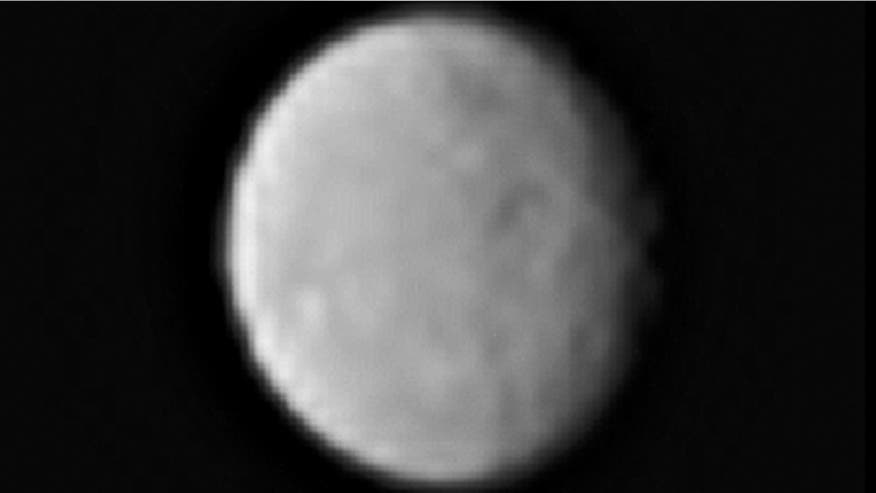Dwarf Planet Facts
http://space-facts.com/dwarf-planets/
***************************************************************
NASA's Dawn spacecraft releases new images of dwarf planet Ceres

NASA’s Dawn spacecraft is approaching the dwarf planet Ceres and new images released Monday show a closer view of the planet’s surface.
"We know so much about the solar system and yet so little about dwarf planet Ceres. Now, Dawn is ready to change that," said Marc Rayman, Dawn's chief engineer and mission director, according to a news release from NASA's Jet Propulsion Laboratory.
The NASA spacecraft is scheduled to conduct a 16-month study of Ceres and will send increasingly better and better images as it gets closer to the planet. It is the first time a spacecraft has ever visited a dwarf planet.
"Already, the [latest] images hint at first surface structures such as craters," said Andreas Nathues, lead investigator for the framing camera team at the Max Planck Institute for Solar System Research, Gottingen, Germany.
The images, taken by Dawn 238,000 miles from Ceres on January 13, are at about 80 percent the resolution of Hubble Space Telescope images taken in 2003 and 2004. The next set of images to be released by Dawn – at the end of January – will be the clearest yet, NASA says.
Ceres, which lies between Mars and Jupiter, has an average diameter of 590 miles and is the largest body in the main asteroid belt. It is believed to contain a large amount of ice and scientists say the surface of the planet could be concealing an ocean.
"The team is very excited to examine the surface of Ceres in never-before-seen detail," said Chris Russell, principal investigator for the Dawn mission. "We look forward to the surprises this mysterious world may bring."
The Dawn spacecraft has already delivered more than 30,000 images of Vesta – the second largest body in the main asteroid belt – during an orbit in 2011 and 2012.
http://www.foxnews.com/science/2015/01/20/nasa-dawn-spacecraft-releases-new-images-dwarf-planet-ceres/